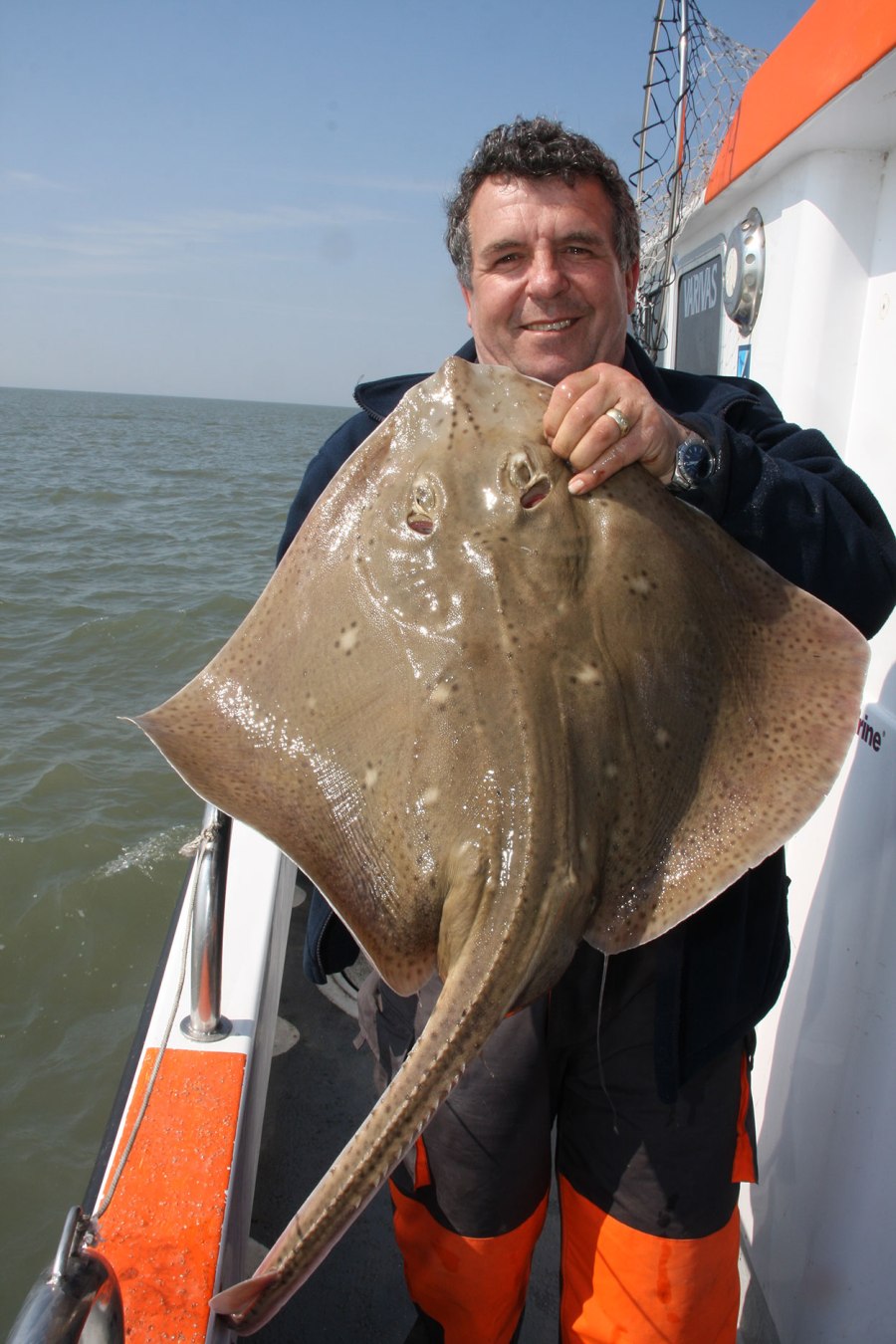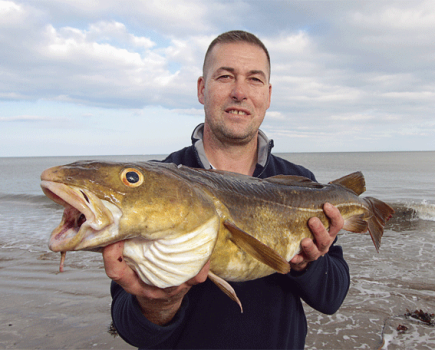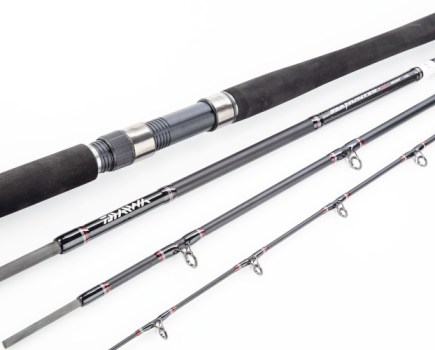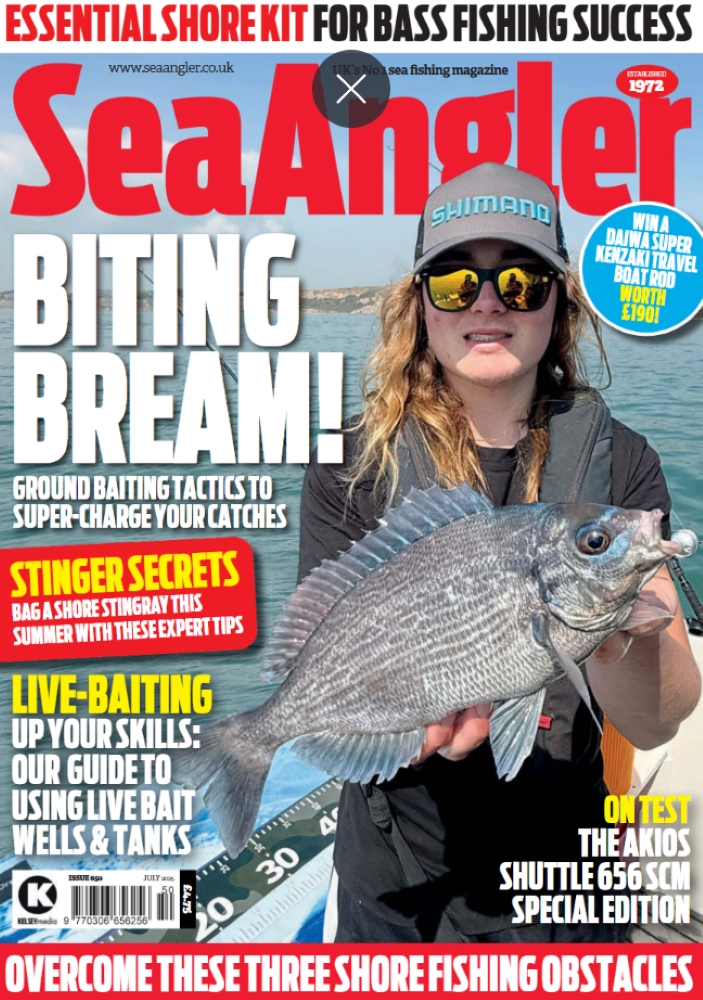The blonde ray is most common around Ireland and the west coast of Britain. It is a coastal fish that prefers water of around 40m deep.
Blonde rays prefer sandy bottoms over which to feed and patrol. The young fish may be found closest to the shore.
IDENTIFICATION
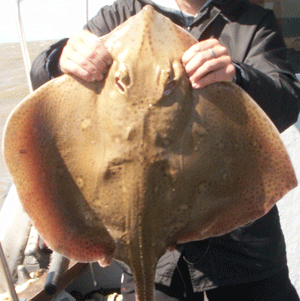
The blonde ray has a fairly short snout. Its wings have near right-angled outer wings.
As the blonde ray ages it becomes prickly across the whole of its back. Only the leading edges of the fish’s wings are prickly in the younger fish.
The adults have a line of spines running along the tail, while the young blonde rays have spines along the back too.
The back of this species is light brown with a scattering of cream/white blotches coupled with dark spots. These extend to the very tips of the wings and onto the tail.
FEEDING
The blonde ray eats crustaceans, worms, herrings, pouting, sand eels, sole and sprats.
BREEDING
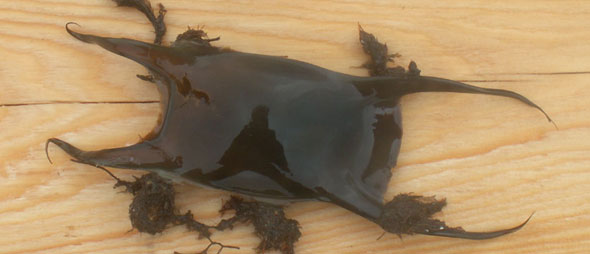
The English Channel is a breeding ground for blonde rays. They can breed here any time between February and August – but the main breeding period occurs between April and July.
They lay egg cases which measure around 11 to 15cm. One side is flat, while the other is bulbous and covered in fibres.
The cases also have long horns.

